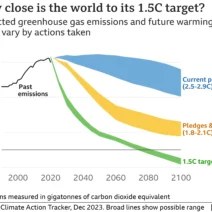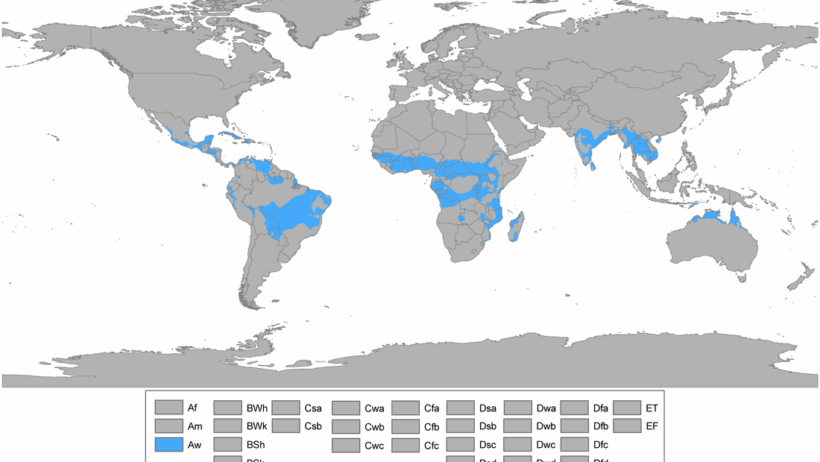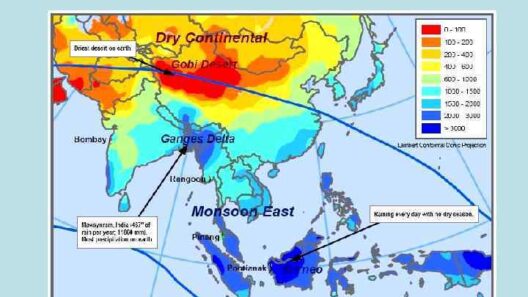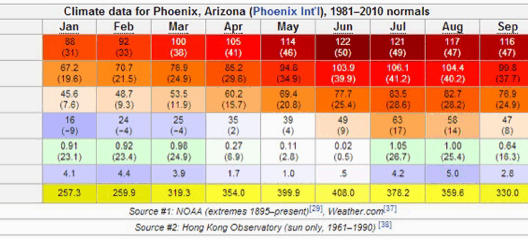Africa, a vast and intricate tapestry, unfurls beneath the sun—a continent where the footfalls of time have danced across its diverse terrains. From the shimmering sands of the Sahara Desert, which stretch like an infinite canvas, to the verdant expanses of the savannah, where life teems in vibrant colors, Africa’s climate is as eclectic as its cultural heritage. This distinctive geographical diversity not only shapes its ecosystems but also paints a dynamic portrait of climate variations, creating a symphony of natural environments and weather patterns.
As we journey from the north, the Sahara Desert emerges—an arid wasteland that represents one of the harshest climates on Earth. Covering approximately 3.6 million square miles, it is a realm defined by its relentless heat and scarcity of water. Here, the sun reigns supreme during the day, baking the land to parched perfection. Temperatures can soar above 50 degrees Celsius (122 degrees Fahrenheit) in the scorching months, rendering survival a formidable challenge for its denizens.
In this formidable arena, only the hardiest of organisms find a way to thrive. The resilient Tuareg people navigate the undulating dunes, their camel caravans gliding through the arid expanse as if time itself stands still. The deserts, with their unyielding conditions, showcase a stark beauty—a canvas of golden grains and rugged, rocky outcrops that evoke a sense of desolation interspersed with ephemeral blooms at the rare arrival of the rains.
Transitioning southward, one encounters the Sahel, a transitional zone that softly bridges the Sahara with the more fertile landscapes below. Here, the climate begins to shift, introducing a nuanced mix of aridity and temporary abundance. The Sahel, characterized by its semi-arid conditions, experiences a short rainy season each year, transforming the landscape dramatically. Monsoon winds sweep down from the Atlantic Ocean, rejuvenating the ground and enabling life to surge forth, albeit only for a fleeting moment each year.
During the rainy season, the Sahel becomes a verdant mosaic, with grasses and shrubs claiming their dominion over the previously parched earth. This brief but powerful metamorphosis highlights the resilience of a land that remains forever on the precipice of drought. The communities that inhabit this fragile realm have adapted ingeniously, practicing sustainable farming methods and engaging in nomadic lifestyles that respect the rhythms of nature.
As one continues the descent into the heart of Africa, the landscape opens into the iconic savannah—a vast expanse of grasslands punctuated by acacia trees, where the drama of life unfolds with breathtaking intensity. This ecosystem exemplifies the African climate’s dichotomy; here, one can experience both the searing heat of midday and the refreshing coolness of evening. The savannah’s climate is characterized as tropical wet and dry, with distinct wet and dry seasons orchestrating the ebb and flow of life.
The wet season, normally occurring from late spring to early autumn, brings much-needed rain that breathes life into the land. Rivers swell, and the savannah comes alive with an explosion of flora and fauna. It is during these months that herds of wildebeest traverse the plains, migrating in search of greener pastures. Elephants and lions roam the grasslands, each embodying the fierce struggle for survival that defines this vibrant ecosystem. This is nature’s grand stage, where the raw beauty and brutality of existence coalesce to create a vivid spectacle that captivates the senses.
Conversely, the dry season transforms the landscape into a golden sea of grasses. The absence of rain initiates a ballet of adaptation as animals retreat to rivers and watering holes, creating microcosms of biodiversity. This seasonal dichotomy paints a vivid picture of resilience: life finds a way to endure even in the face of adversity, reinforcing the interconnectedness of the savannah’s inhabitants and their environment.
Navigating further south, one encounters the lush rainforests of Central Africa, a stark contrast to the arid north. The rainforests, with their high humidity and copious rainfall, represent a powerhouse of biodiversity. This climate is consistently warm and wet, with temperatures rarely straying far from 20 to 30 degrees Celsius (68 to 86 degrees Fahrenheit). Here, towering trees create a verdant canopy, filtering sunlight and fostering a symbiotic existence among countless species. The rainforests embody the complexities of climate, highlighting the interdependencies that sustain life on this planet.
In this verdant kingdom, the climate serves as a double-edged sword; while it supports an abundance of life, it also presents challenges. Deforestation, driven by agricultural expansion and logging, threatens the delicate balance of this ecosystem. The repercussions of climate change looms ominously over these lush landscapes, illustrating how even the richest environments are vulnerable to human impact.
As Africa’s climatic zones unfold before us, one begins to appreciate the intricate relationships that shape its environments. Each biome narrates a tale of adaptation, resilience, and interconnectedness. From the heat of the Sahara to the abundant life of the rainforest, Africa exemplifies a vivid mosaic of climates that foster a richness of life, urging humanity to heed the lessons present within this natural world. In its grandeur and vulnerability lies a clarion call to steward the Earth, ensuring that each ecological thread woven into the fabric of our planet is preserved for generations to come.
Thus, Africa’s climate is not merely a backdrop; it is the very essence of life itself—a dynamic interplay of elements that invites exploration, understanding, and ultimately, preservation.







